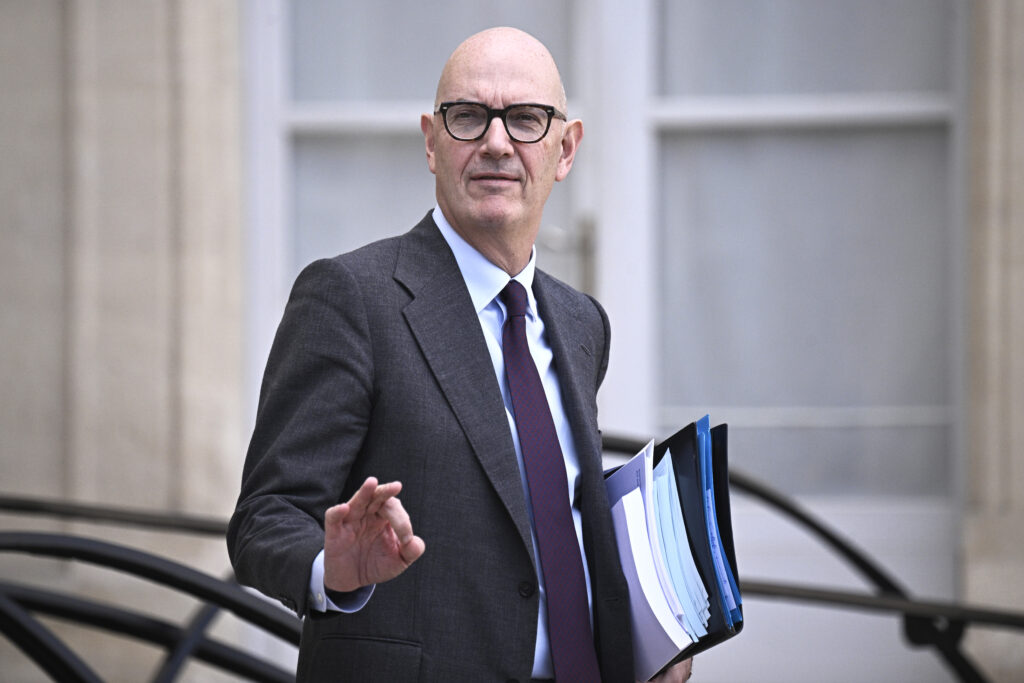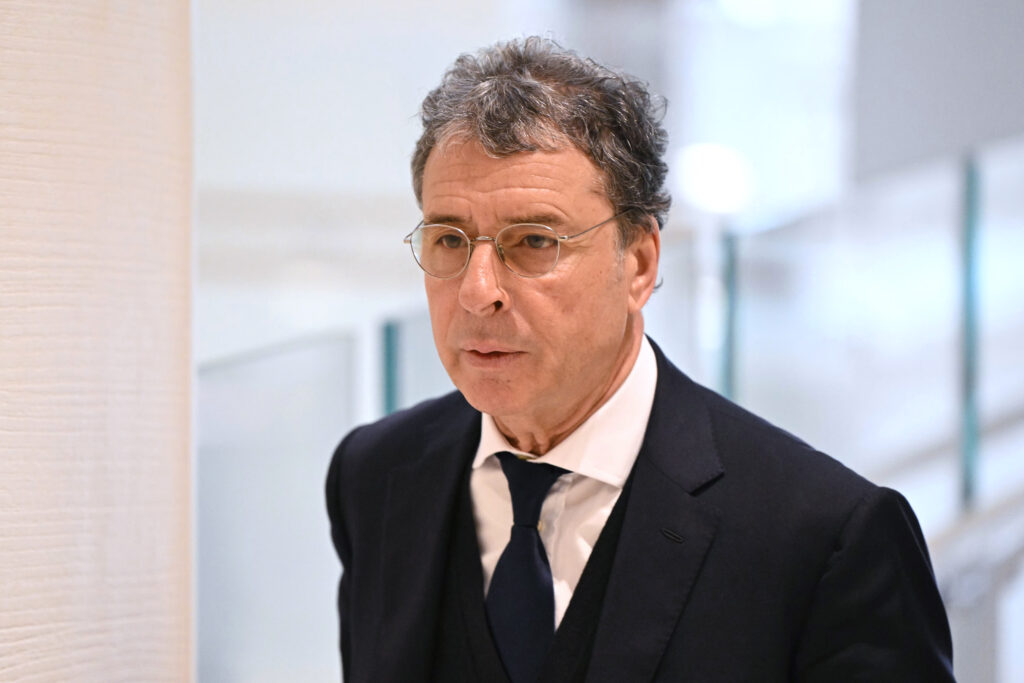Poupées sexuelles: Shein sous la menace d’une interdiction
A deux jours de l’ouverture de son magasin parisien au BHV, Shein doit se défendre sur un nouveau front: le géant asiatique de la vente en ligne a commercialisé des poupées sexuelles d’apparence enfantine et risque un bannissement en cas de récidive.”Si ces comportements sont répétés, nous serons en droit, et je le demanderai, qu’on interdise l’accès de la plateforme Shein au marché français”, a déclaré le ministre de l’Économie Roland Lescure sur BFMTV et RMC lundi.Samedi, la direction générale de la Répression des fraudes (DGCCRF) a annoncé avoir signalé à la justice la vente de “poupées sexuelles d’apparence enfantine” sur le site de Shein.Le spécialiste de la mode jetable ultra-éphémère a indiqué dimanche que les produits ont été “immédiatement retirés”.M. Lescure rétorque que l’État peut interdire une plateforme en cas de récidive ou de non-retrait rapide des contenus illégaux “pour des actes terroristes, pour le trafic de stupéfiants et pour des objets pédopornographiques”.”C’est tout à fait inacceptable et soulève la question, plus généralement, de la manière dont le marché unique européen, dont notre marché intérieur, est envahi par des produits contrefaits”, a également réagi le ministre français des Affaires étrangères, Jean-Noël Barrot, en déplacement dans le Loiret.Shein, qui n’a pas souhaité réagir dans l’immédiat lundi, sera convoqué devant les députés sous “quinze jours”. L’entreprise sera auditionnée par la mission d’information sur les contrôles des produits importés en France, qui cherche à “obtenir des réponses précises sur la transparence des chaînes d’approvisionnement de SHEIN, ses procédures de contrôle interne et les mesures correctrices mises en œuvre”, a déclaré lundi dans un communiqué le rapporteur de cette mission d’information.- “Prédateurs” -“Il y en a marre parce que ce ne sont pas des objets comme les autres”, a condamné sur BFM la haute-commissaire à l’Enfance Sarah El-Haïry. “Ce sont des objets pédocriminels sur lesquels des prédateurs s’entraînent, malheureusement, parfois avant de passer à des sévices sur des enfants”, a-t-elle ajouté.D’autres procédures sont en cours concernant d’autres plateformes, a-t-elle précisé, alors que le site AliExpress vendait les mêmes poupées que Shein, a révélé RMC.”Les annonces concernées ont été retirées dès que nous en avons eu connaissance”, a réagi AliExpress dans un communiqué transmis à l’AFP. Pour Arnaud Gallais, fondateur de Mouv’Enfants, un collectif qui lutte contre les violences sexuelles sur les mineurs, Shein “ment”: “Les poupées sont toujours en vente sur la plateforme, sur Shein en Grande-Bretagne, Espagne, Chili, vous les trouvez, et avec un VPN vous pouvez les faire livrer en France”, s’inquiète-t-il auprès de l’AFP.”Au domicile de Joël Le Scouarnec, le médecin qui a fait plus de 300 victimes, on a retrouvé une collection de poupées sexuelles à l’effigie d’enfants”, rappelle-t-il en référence à l’ancien chirurgien, condamné à 20 ans de prison pour viols et agressions sexuelles. Le collectif était devant le BHV lundi pour dénoncer le partenariat avec Shein.Les faits ont été signalés au procureur de la République. Selon une source au ministère de l’Economie, le dossier est dans les mains du parquet de Paris.Le régulateur de la communication audiovisuelle et numérique, l’Arcom, confirme lundi à l’AFP avoir été saisi.- “Provoc'” -Entreprise aux racines chinoises qui a conquis le marché mondial de l’ultra fast-fashion, Shein s’est implantée progressivement dans le paysage du commerce en ligne depuis son arrivée en France en 2015. Régulièrement accusée de concurrence déloyale, de pollution environnementale et de conditions de travail indignes, Shein a prévu d’ouvrir mercredi son tout premier magasin physique pérenne au BHV, historique grand magasin.Sur la devanture du BHV, le patron de Shein Donald Tang et celui de la société des grands magasins (SGM), propriétaire du BHV, Frédéric Merlin, s’affichent tout sourire sur une immense affiche.S’il juge “indécent” et “inacceptable” la vente de ces poupées, Frédéric Merlin a défendu lundi le partenariat avec Shein. “Le principe même de notre partenariat est clair: seuls les vêtements et articles conçus et produits directement par SHEIN pour le BHV seront vendus en magasin”, assure-t-il. “Aucun produit issu de la marketplace internationale de SHEIN n’est concerné.”L’association Origine France Garantie appelle, elle, au boycott médiatique de Shein, dont l’ouverture du magasin est prévue à la veille du salon du Made in France, à Paris de jeudi à dimanche.






